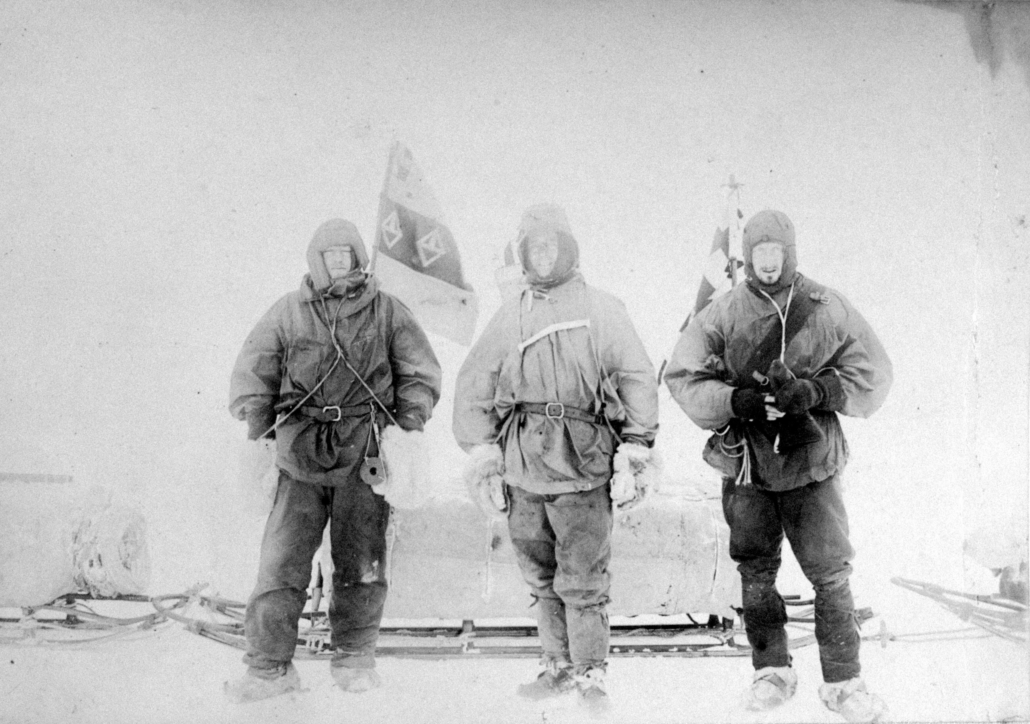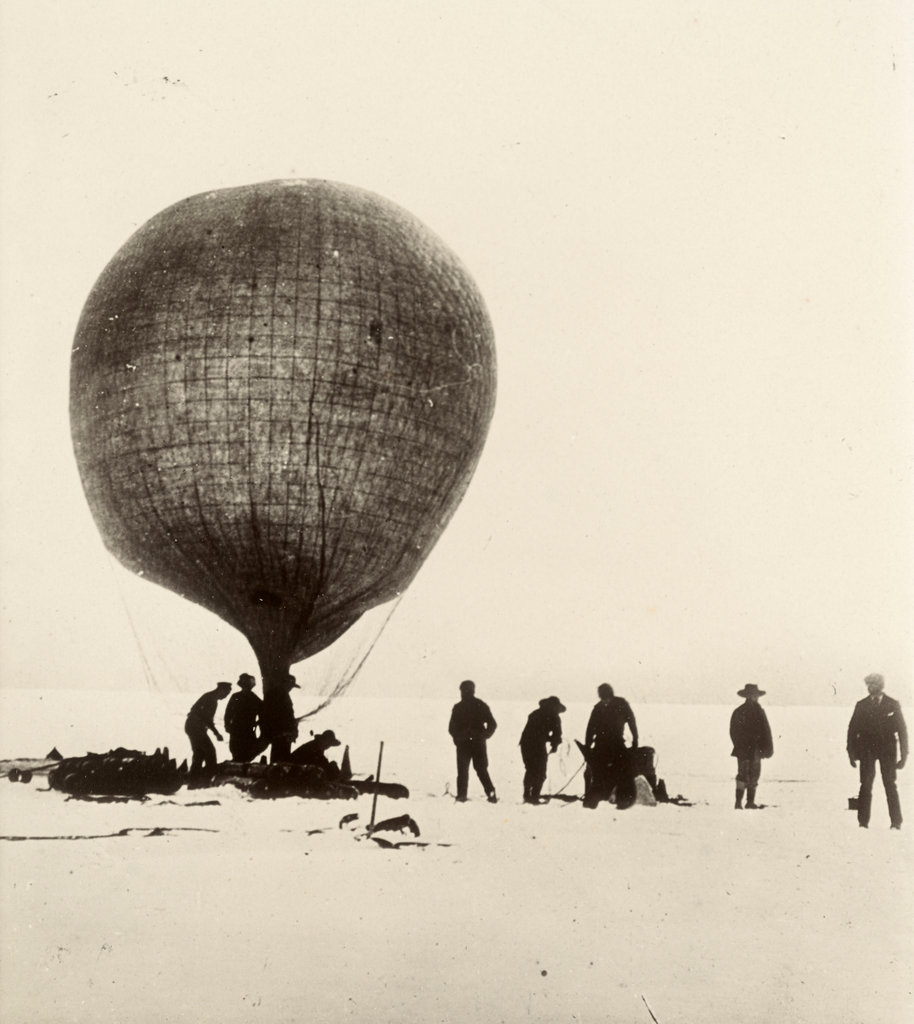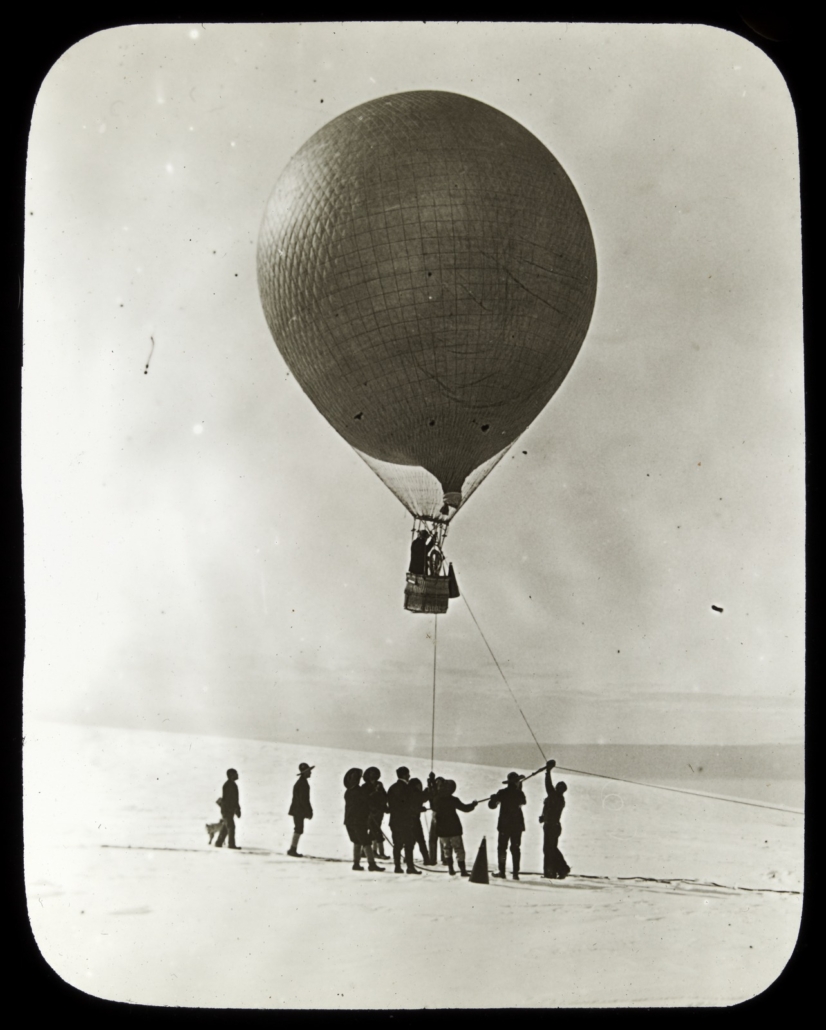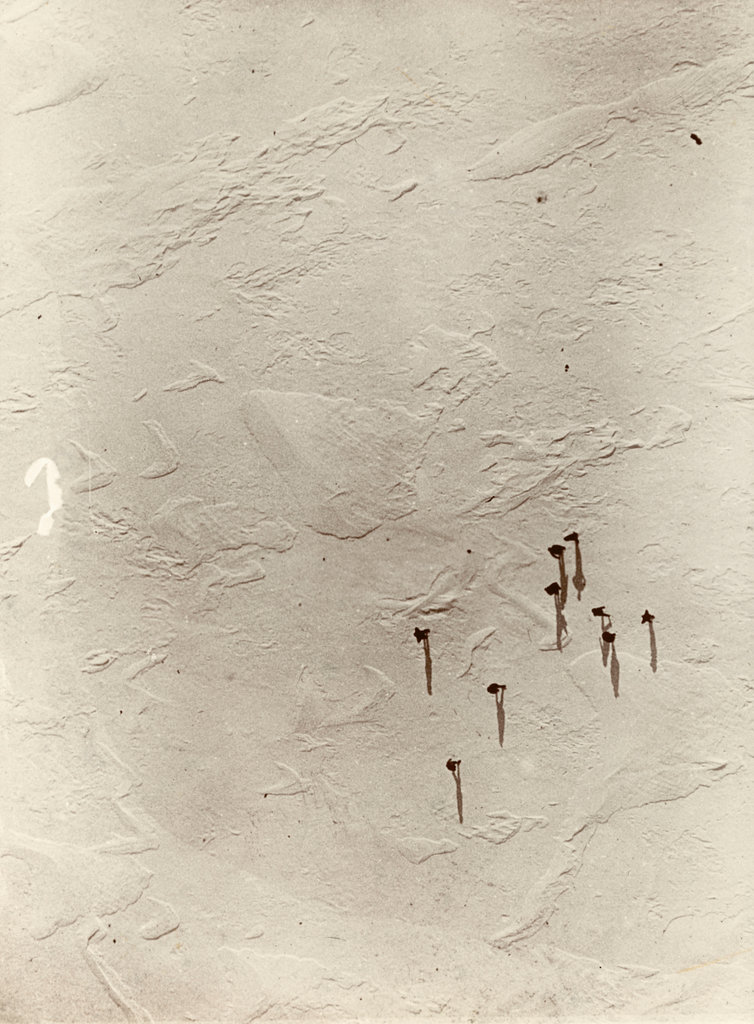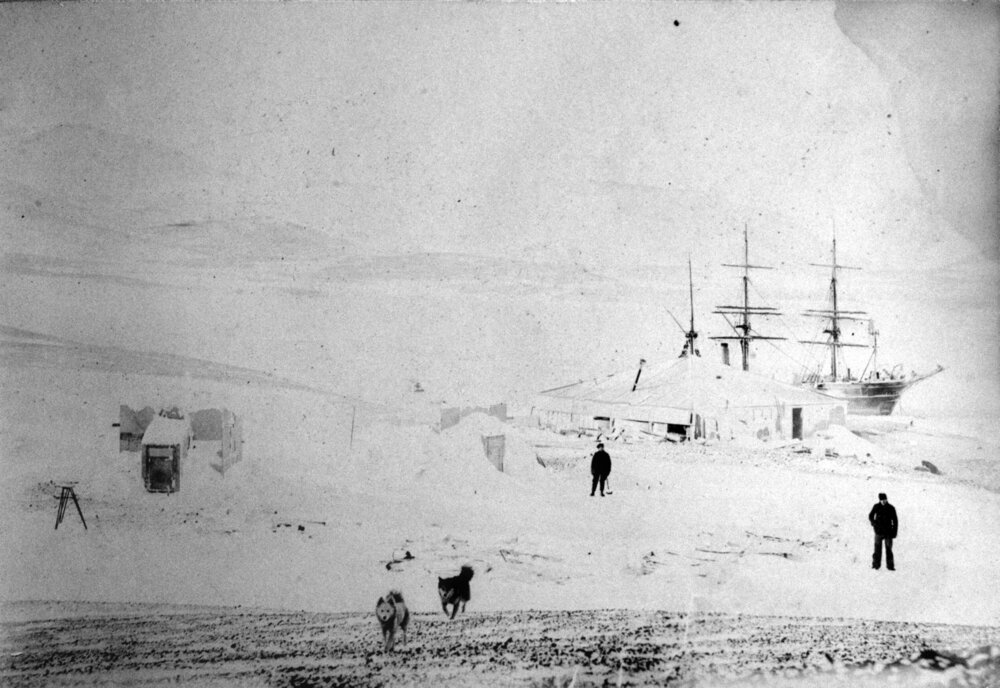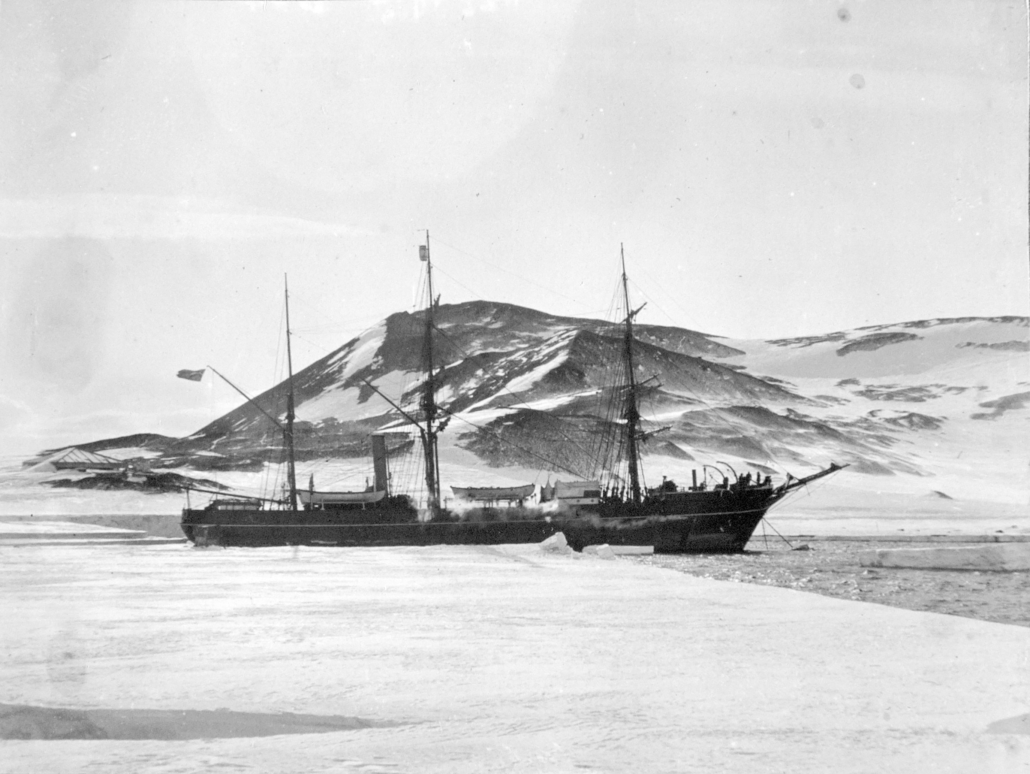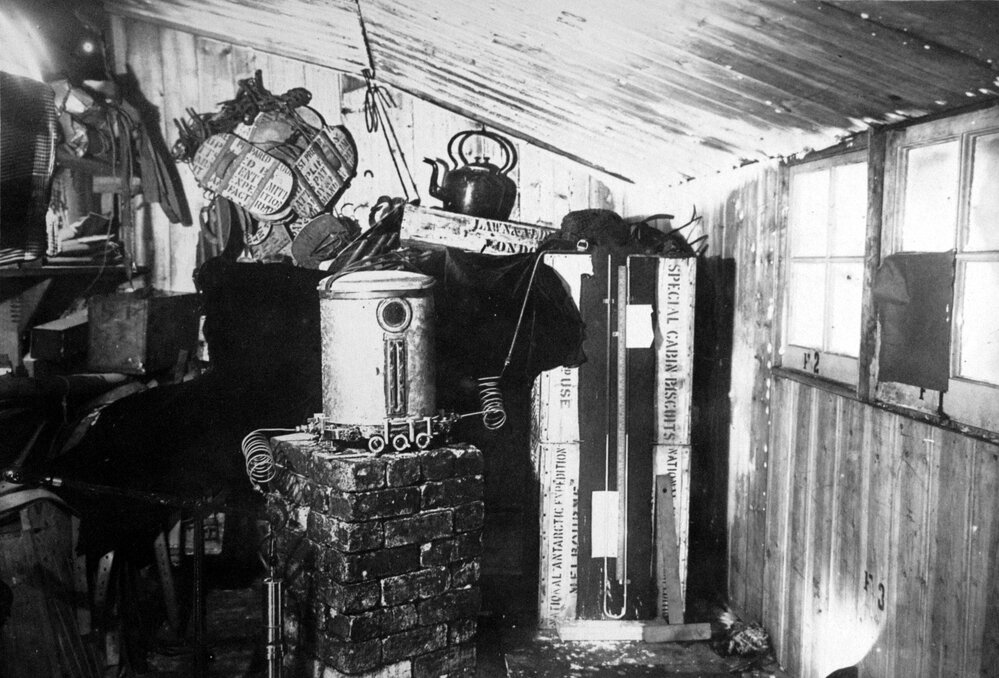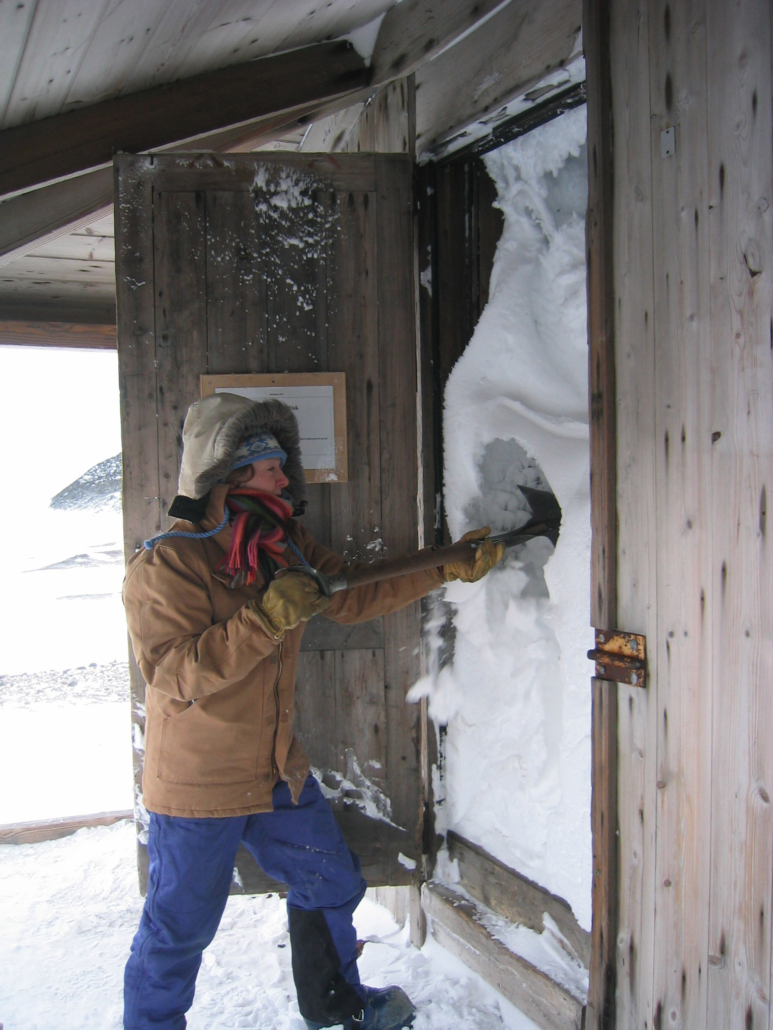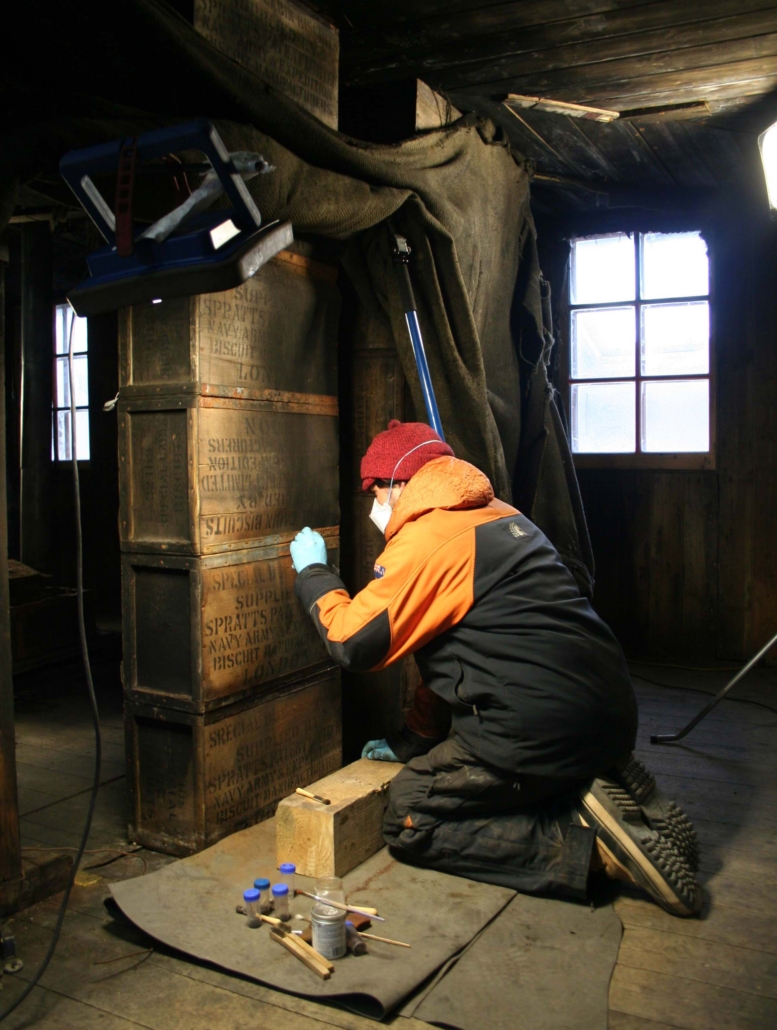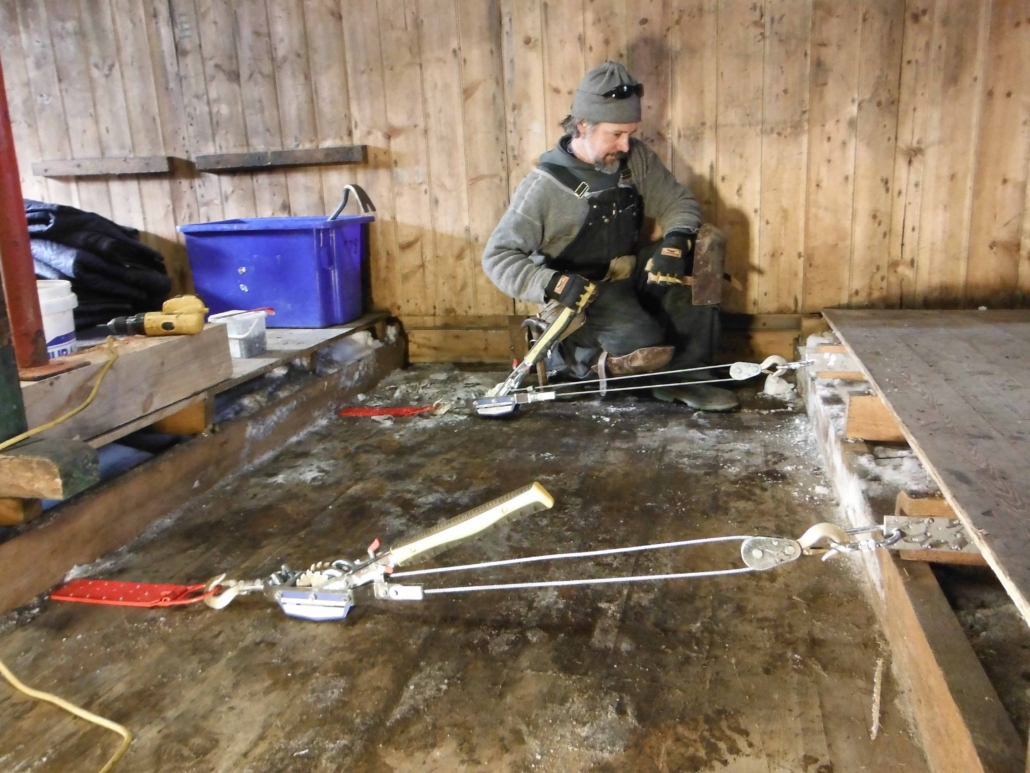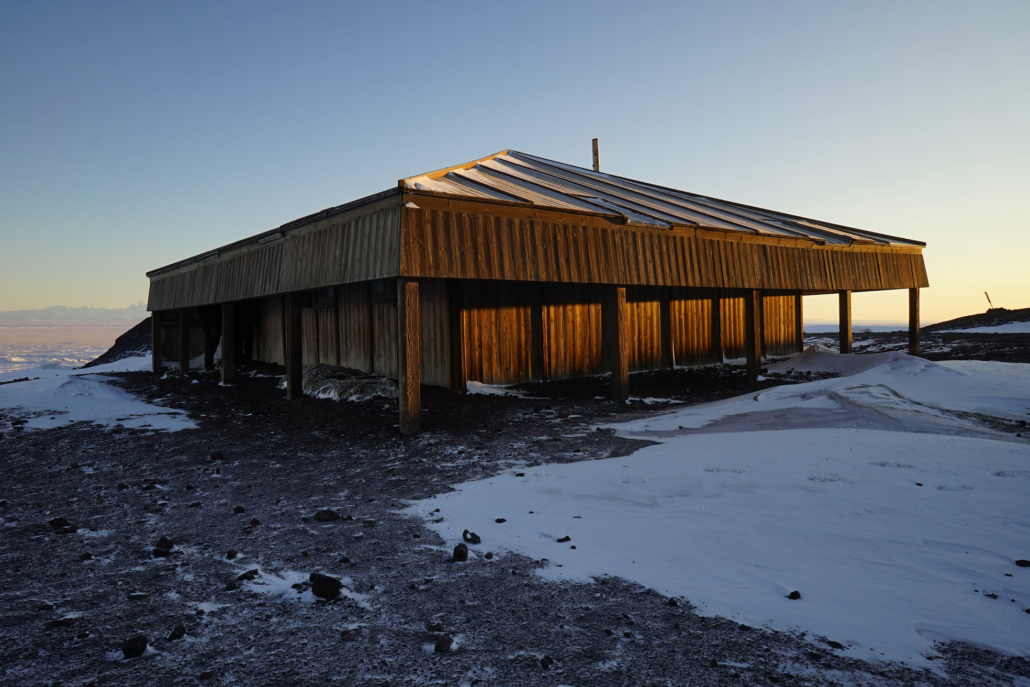At the tip of Hut Point peninsula on Ross Island stands Scott’s Discovery hut, an enduring symbol of Antarctic exploration’s heroic-era. Constructed in March 1902 for Commander Robert Falcon Scott’s National Antarctic Expedition 1901–1904, this resilient structure has endured over 120 years of Antarctica’s harshest weather.
Conservation at a glance
Two-year carpentry and one-year artefact conservation programmes completed (2013 – 2015).
500+ artefacts conserved. Building repaired and weather tight.
Ongoing monitoring and maintenance programme in place.
History of the Expedition
The Legacy of Scott’s Discovery Expedition
“No finer set of men ever left these shores, nor were men ever led by a finer commander,” declared Royal Geographical Society President, Sir Clements Markham as the National Antarctic (Discovery) Expedition set sail from England in 1901.
Led by Commander Robert Falcon Scott, the Discovery expedition was the second expedition to winter over on the Antarctic continent, and the first to carry out significant exploration and extensive scientific research in the region. During the summer of 1902–03, three of the most famous men in Antarctic exploration – Scott, Shackleton and Wilson – sledged to 82º 16’ S, the furthest South on earth anyone in history had ever been before.
On 4 February 1902, during flights in a hydrogen balloon over the Ross Ice Shelf, Shackleton took the first ever aerial photographs of Antarctica. On the expedition’s return home, 11 volumes of pioneering scientific results were published, and Scott was welcomed as a national hero.
The hut’s strategic location in relation to the South Pole made it a crucial staging post for every subsequent expedition of the heroic era that ventured to Ross Island, serving as a vital link in the chain of early polar exploration.
Recognising the site’s profound historical and cultural significance, the Antarctic Heritage Trust initiated a comprehensive conservation effort as part of its Ross Sea Heritage Restoration Project (RSHRP), with a Conservation Plan for the site published in May 2004.
The Ross Sea Heritage Restoration Project
From 2013 to 2015, the major phase of the Discovery hut conservation programme was successfully completed. A dedicated professional team, including 14 conservation specialists from 9 different nationalities, worked tirelessly to restore and protect the site.
The conservation process was nothing short of extraordinary. Imagine the delicate task of removing over 500 artefacts from the hut, each item a precious link to the past. These objects were carefully transported to Scott Base, where they underwent conservation treatment before being returned. Artefacts too large to move were treated in situ within the hut, adding an extra layer of complexity to the task. Meanwhile, the hut itself was made structurally sound and weather tight, providing a more stable environment for the conserved artefacts within.
Trust conservators tackled numerous challenges while working in one of our planet’s harshest environments. They installed a polycarbonate dam around the hut to prevent meltwater from undermining the structure. They straightened and stabilised the building, removing vast amounts of accumulated ice from beneath the floor. Even the skylights were replaced with historically accurate glass, maintaining the hut’s authenticity while ensuring its longevity.
But the work didn’t stop at structural repairs. Hut Point is the most visited historic hut in Antarctica due to its close proximity to New Zealand’s Scott Base and the United States’ McMurdo Station. The team went to great lengths to ensure the safety of future visitors and the environment. Asbestos, a hidden danger, was carefully removed and replaced with materials that maintain historical accuracy without compromising safety. Every step of this process was carried out with the utmost care and precision, from using specialised equipment to conducting multiple air quality tests.
The team repaired and reinstated interior doors, restored veranda wall panels, and even altered the base of nearby Vince’s Cross to align with its original design. These touches help to transport visitors back to the heroic era of Antarctic exploration, allowing them to walk in the footsteps of Scott and his men, and those who sought refuge here during expeditions that followed.
Conserving History for Future Generations
Today, Scott’s Discovery hut stands not only as a monument to past explorers but as a beacon of international cooperation and meticulous conservation efforts. Thanks to the Trust’s ongoing annual monitoring and maintenance programme, this irreplaceable piece of history will continue to inspire and educate for generations to come.
By protecting sites like Discovery hut, we don’t just conserve wood, metal, and artefacts – we safeguard the spirit of exploration, scientific curiosity, and resilience that these early explorers embodied. In doing so, we ensure that the lessons of the past continue to shape our understanding of Antarctica and our role in protecting this unique continent.


